We Are Veterans.
We left home as teenagers for an unknown adventure.
We loved our country enough to defend it and protect it with our own lives.
We said goodbye to friends and family and everything we knew.
We learned the basics and then we scattered in the wind to the far corners of the Earth.
We found new friends and new family.
We became brothers and sisters regardless of color, race or creed.
We had plenty of good times, and plenty of bad times.
We didn’t get enough sleep.
We smoked and drank too much.
We picked up both good and bad habits.
We worked hard and played harder.
We didn’t earn a great wage.
We experienced the happiness of mail call and the sadness of missing important events.
We didn’t know when, or even if, we were ever going to see home again.
We grew up fast, and yet somehow, we never grew up at all.
We fought for our freedom, as well as the freedom of others.
Some of us saw actual combat, and some of us didn’t.
Some of us saw the world, and some of us didn’t.
Some of us dealt with physical warfare, most of us dealt with psychological warfare.
We have seen and experienced and dealt with things that we can’t fully describe or explain, as not all of our sacrifices were physical.
We participated in time honored ceremonies and rituals with each other, strengthening our bonds and camaraderie.
We counted on each other to get our job done and sometimes to survive it at all.
We have dealt with victory and tragedy.
We have celebrated and mourned.
We lost a few along the way.
When our adventure was over, some of us went back home, some of us started somewhere new and some of us never came home at all.
We have told amazing and hilarious stories of our exploits and adventures.
We share an unspoken bond with each other, that most people don’t experience, and few will understand.
We speak highly of our own branch of service, and poke fun at the other branches.
We know however, that, if needed, we will be there for our brothers and sisters and stand together as one, in a heartbeat.
Being a veteran is something that had to be earned, and it can never be taken away.
It has no monetary value, but at the same time it is a priceless gift.
People see a veteran and they thank them for their service.
When we see each other, we give that little upwards head nod, or a slight smile, knowing that we have shared and experienced things that most people have not.
So, from myself to the rest of the veterans out there, I commend and thank you for all that you have done and sacrificed for your country.
Try to remember the good times and forget the bad times.
Share your stories.
But most importantly, stand tall and proud, for you have earned the right to be called a Veteran.
I am a Veteran.
Author unknown
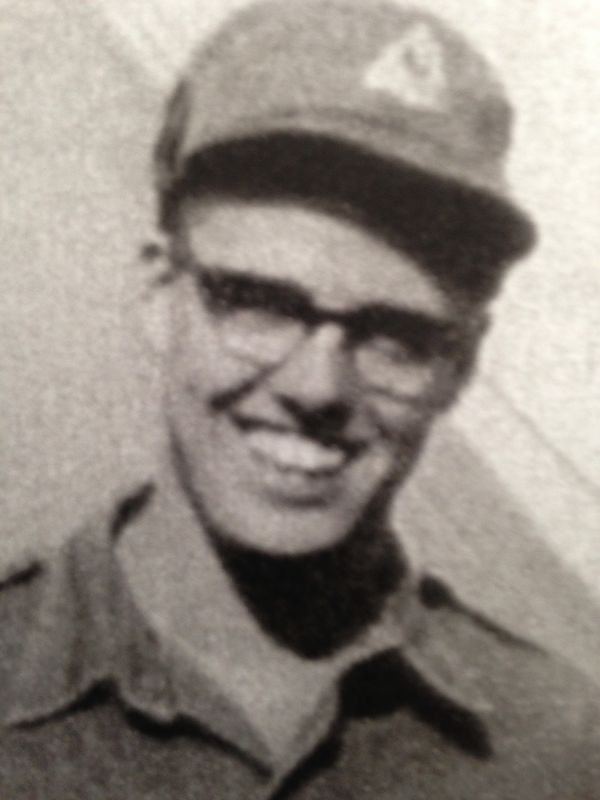
Enlisted in the Army in June 1953. Served with the Royal Canadian Signal Corps with a multitude of different jobs. Honorable discharged in 1956.
Ed Baker
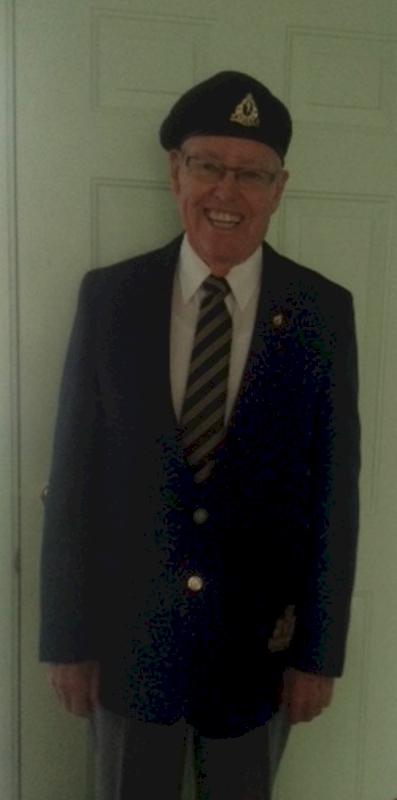
Ed has been a active member of Sir Sam Hughes Legion Branch 67 and Highland Creek Legion Branch 258 for 35 years.
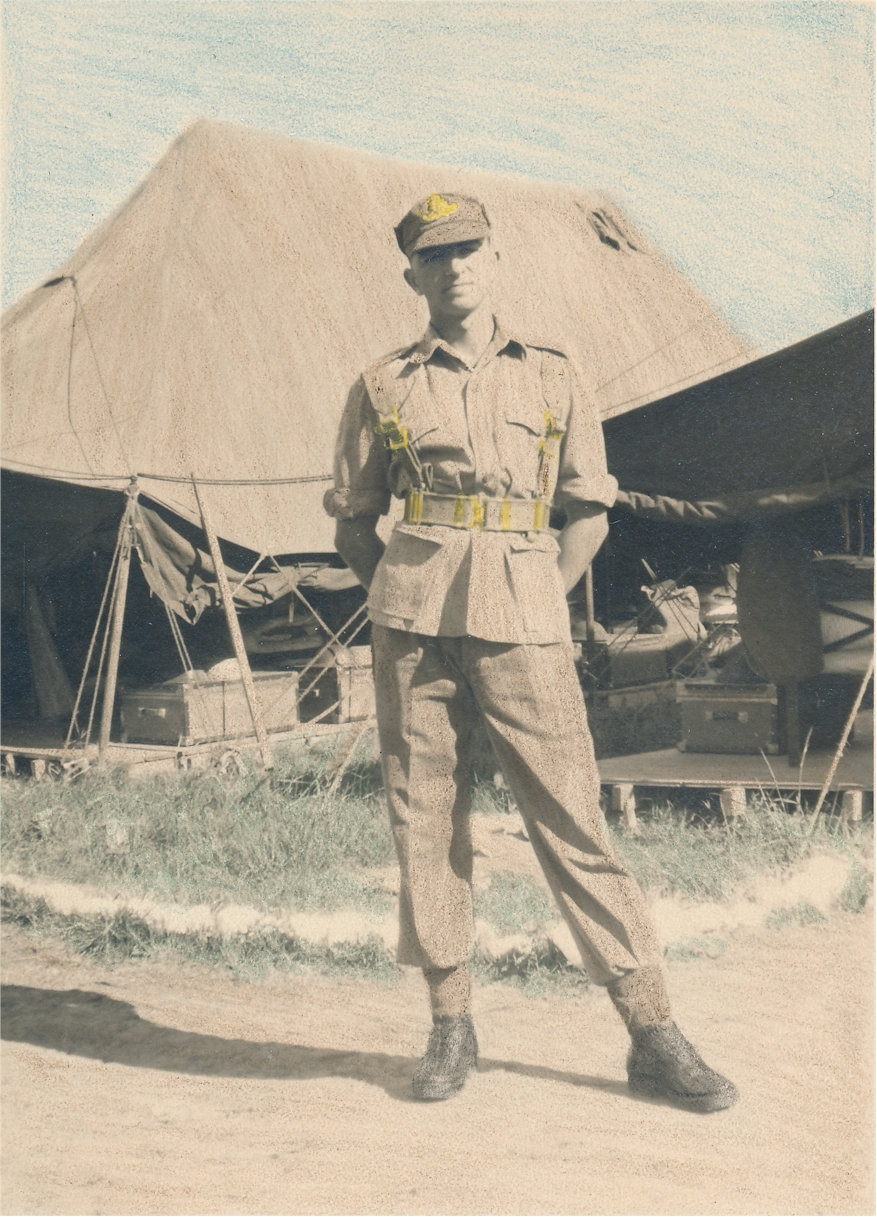
Tom was born in Toronto, on 14th July 1932. He enlisted in the Canadian Army on September 14th 1952 serving in Canada and Korea.
The Canadian artillery stopped firing high explosive shells at Chinese positions a few minutes before the truce was signed, even though offcially both sides were permitted action until the ceasefire went into effect exactly 12 hours after the truce was signed. The only action by Canadian Gunners was firing of four smoke shells. These last smoke shells were fired by the crew which included Gunner Tomas Cook.
Tom Cook
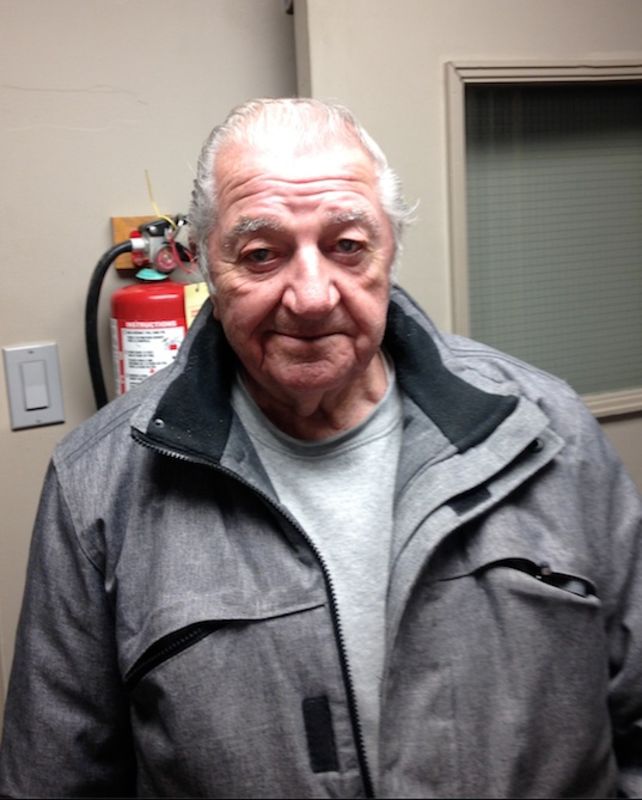
Following his honourable discharge on 30th September 1954, Tom joined the Toronto Scottish Regiment Reserves. He was employed by the city of Toronto for a total of 26 years in the Department of Roads and Traffic before layoff due to government cutbacks. He eventually moved to Kirkfield where he resides with his wife Fran.
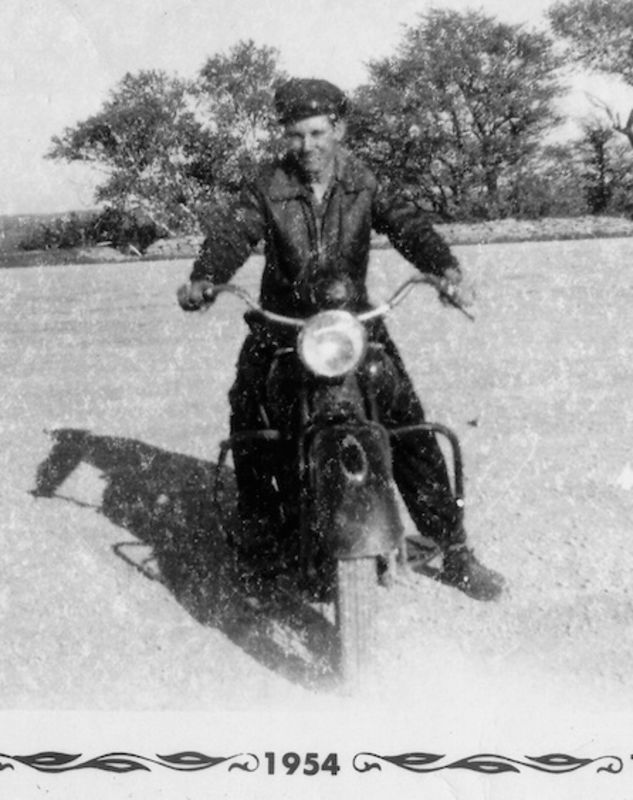
Enlisted in the Canadian Army, with the Royal Canadian Regiment, 1st Battalion on October 16th 1951 and went through basic training in Petawawa. His 1st Battalion was later changed to the 2nd Battalion, and then later 3rd Battalion. He served in Korea with the "Special Force" involved in engagement with the enemy at Hill 355, and then onto guarding POW`s a Kojedo Island. He served in Germany with NATO Force.
John Danilko
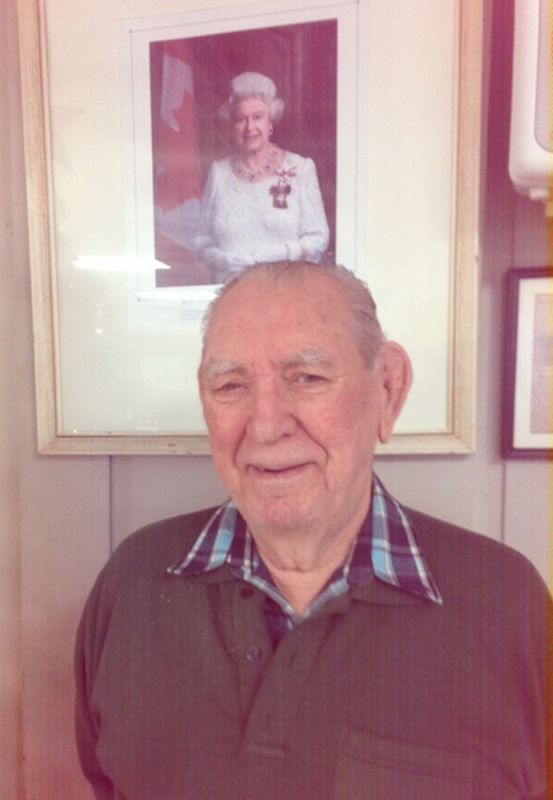
John received his honourable discharge on June 7 1955. His medals include the Korea medal, UN service medal (Korea) Special Medal NATO, UN Peacekeeping Medal, Volunteer Service Medal (Korea). John currently resides in Lindsay where he is a member of Sir Sam Hughes Branch 67 of the Royal Canadian Legion with 26 years service.
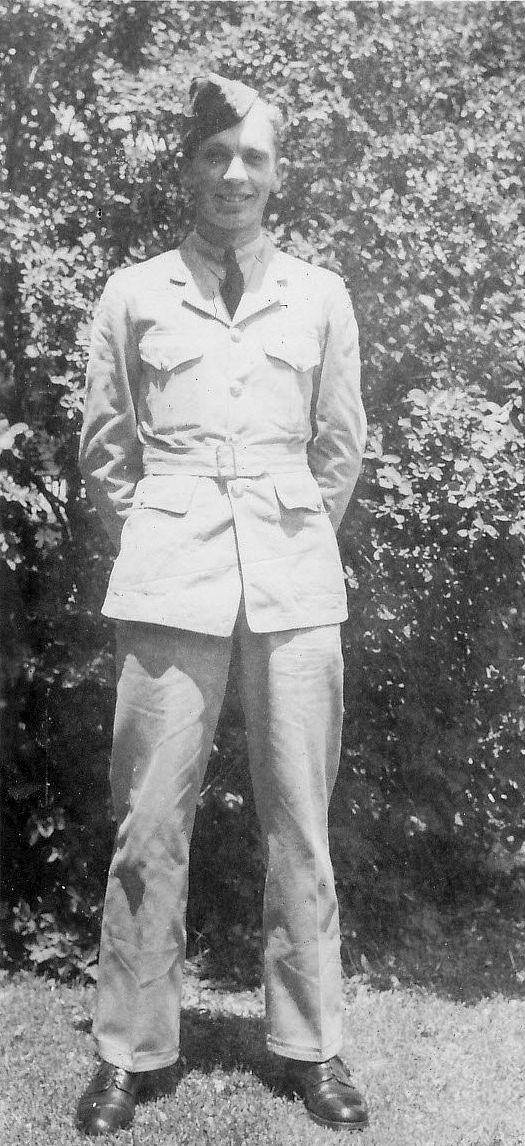
Born August 11th, 1898, Hastings, England Came to Canada in 1912.
WWI
Joined in 1915. Pte. #643250, 19th Battalion, 157th Btn., the Simcoe Foresters.
He was at Vimy Ridge as a signaller. From a draft of 50 signallers only 14 survived the battle.
(See overleaf)
John Charles Fitsell

Married in 1920 in Barrie. Moved to Lindsay in 1927. Employed at Trent Valley Bakeries.
WWII
Mr. Fitsell served overseas with the 45th Battery. #C26362, Bombardier 45th Field Bty. R.C.H.A, 45th Bty. 7th Medium Regt. R.C.A.
John Charles Fitsell

Believed to be 100 years old in this picture!
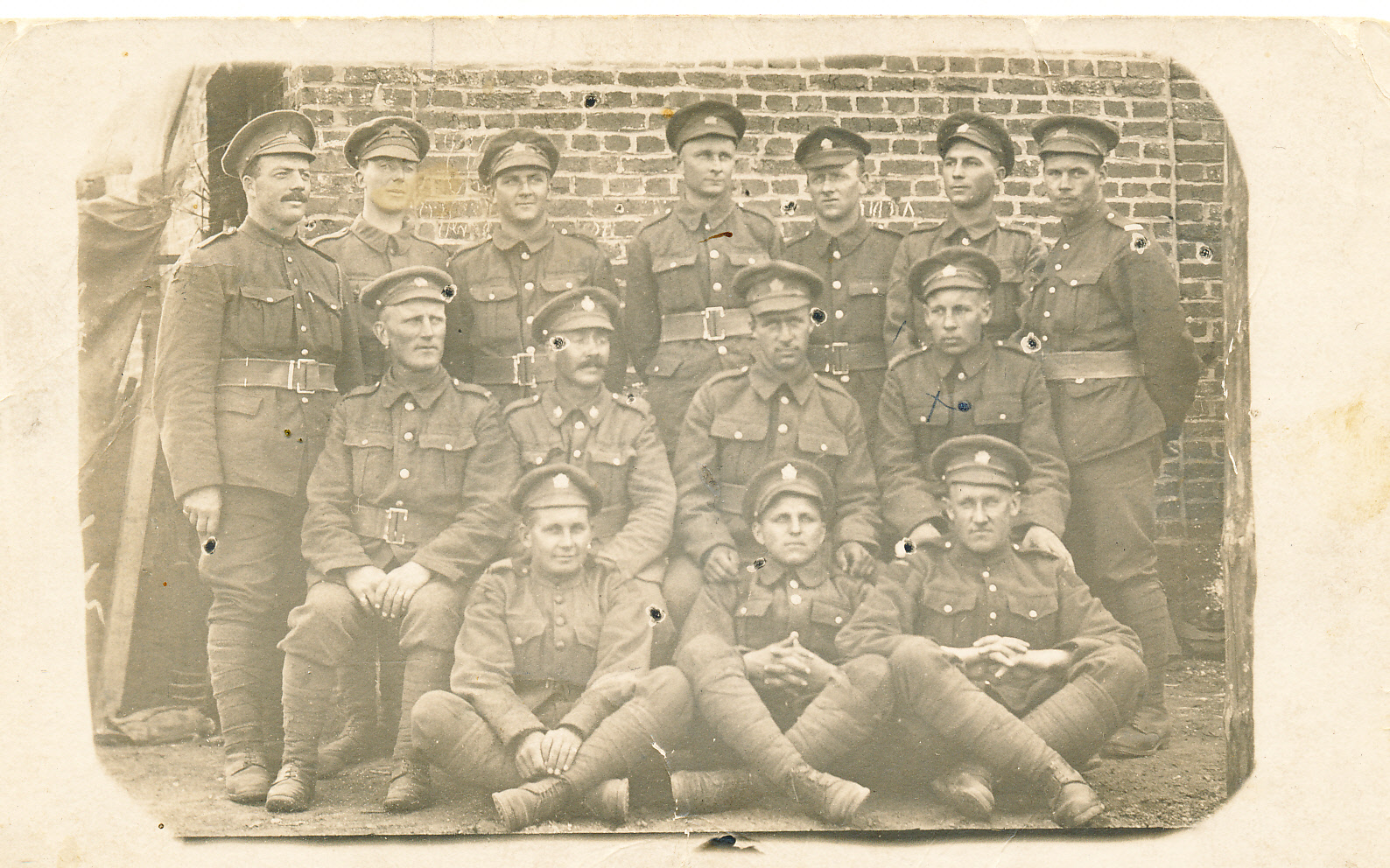
The 14 signallers who survived Vimy. John Fitsell is in the back row on the right.

Able Seaman Gordon Gibbins. Sept. 29, 1944
Joined the Royal Canadian Navy in 1941 at age 17. Trained as a Anti-Submarine Detection Investigation Committee ASDIC (Pinger) or better known as Sonar Operator in later ships. Sailed on HMCS Sans Peur, HMCS Kootenay, D-Day support, HMCS Trentonian, in the Battle of the Atlantic. Gord survived the sinking of HMCS Trentonian on 22 February 1945 protecting a convoy in the North Atlantic.
Gordon Gibbins
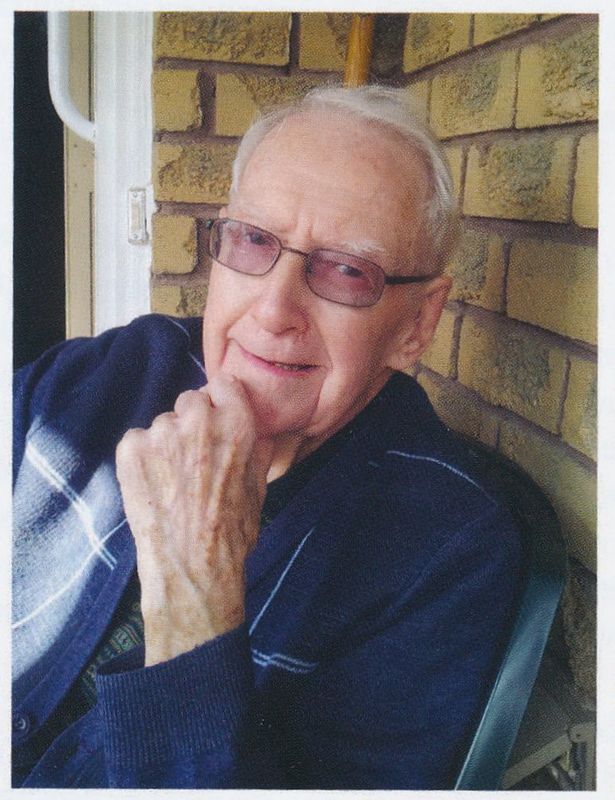
We just heard Gord crossed the bar May 2, 2018. One of a few of our World War II Veterans. He will be sadly missed by all at the Lindsay Legion. We send our condolences to his family.
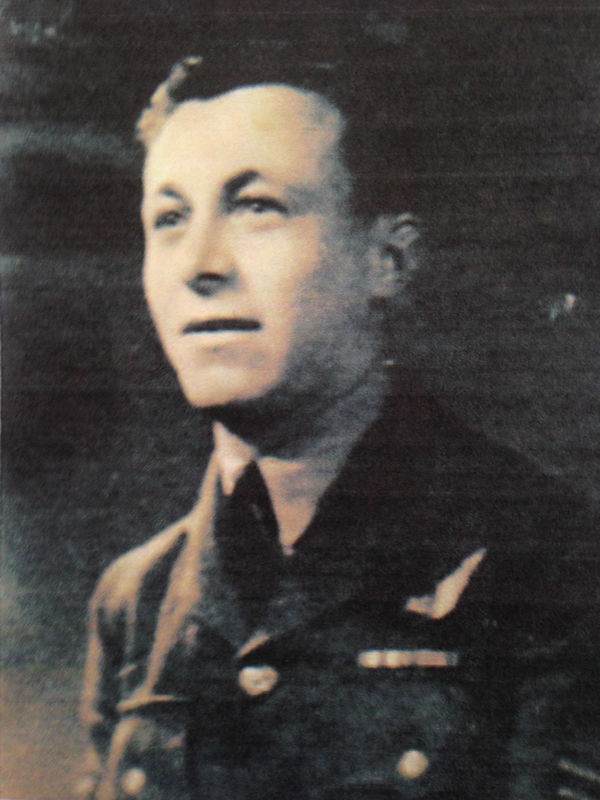
Peter Healey
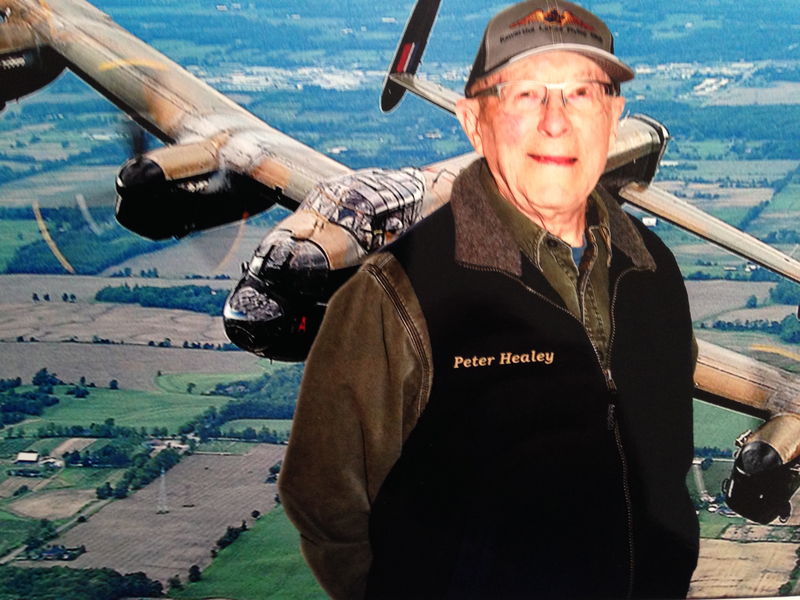
Joined the Royal Air Force in 1943 at age 19. Trained as a pilot/Navigator/Bomb aimer. Peter then re-mustered to be the tail gunner. One of 7 members in a crew. Flew Wellington 2 engine Bomber, B24 Liberator 4 engine Bomber, and the famous Lancaster 4 engine bomber. Peter saw action over Egypt, Palestine, Israel, Italy, and was preparing to go to Japan when the war ended.

Alb and Dick traveled to Lindsay on April 6th, 1942 to sign up of join the RCA. Alb was just shy of his 19th birthday. They remained in Lindsay for two weeks while learning to march. They then moved to Peterborough for the next two to three months to continue their marching, up and down the dirt roads of town. Next it was off to Petawawa for more intensive training in artillery skills, driving, marching and use of the bayonet. Alb preferred training with the guns and became a respected marksman, but he would later have occasion to wish he had paid more attention to the practices with the bayonet. This is where the 6th Canadian Anti-tank Regiment was formed (which he was part of) and the group became a well-trained and disciplined body of Canadian gunners. While in Petawawa Alb contracted the mumps and was a very sick man. There were still trips home to visit with family and friends. It was all very exciting and new, he was earning an income, gaining new skills and making new friends. But the men were getting anxious to get overseas.
James Albert Hilyer - #C72778
On May 24th, 1943 it was off to Debert, Nova Scotia, basically tossed into tents, 2 weeks of mud and more route marches. Here he gained the reputation of the 3-mile man. Alb decided that it wasn’t really necessary to be in full dress, carrying all your gear and guns and go on the long marches (18 and 21 miles) through the heat of the day, through the mud and water, especially … “if you might not be feeling that well”. Lethargy was starting to set in among the ranks as leaves were infrequent, the route marches long, training dull and there were few vehicles for training.
In July orders came through that they would soon be heading out. They boarded the Queen Mary on August 25th and August 27th, 1943 they headed from Halifax, arriving in England in September. They were given one month to acclimatize, for more training, reorganization and … to wait. The conditions were very poor and the food was terrible. Men went into winter billets. By the end of March 1944 most of the operational vehicles and equipment had been received. The unit was rapidly nearing the “ready” stage. In April preparations for active operations were made and May saw frantic efforts for final preparations. “D”-day on June 6th increased anticipation of all ranks for events to come. July 2nd all mail, both incoming and outgoing was stopped and the next day all ranks were confined to the Regimental area while final orders were given. The men were full of anticipation and excitement, ready to be on their way to war after so many months of training and preparation.
Onward to London to gather and prepare to move to France. But some were advised before leaving that “the most striking impression would be one of complete and apparently hopeless confusion, but thousands had already made it across to France and believe it or not, they would too.” By mid-July they had crossed the channel and were in France at the marshalling area in Normandy where they were advised that their guns would soon be required. Reality was setting in and Alb realized that when he signed up, he really had no idea of what he was in for. Through the late summer and fall they traveled through France and Belgium to Nijmegen, Holland.
In January 1945 Alb contracted diphtheria and was sent by train on a two or three day excursion back to France with many other very ill men, many of whom died on route, to the hospital for the English soldiers. It had been one of the largest casinos in the world, converted to a hospital. He spent approximately a month there to receive treatment, recover and wait to ensure he was not a carrier of the disease. He was so sick at this time he said he didn’t care if he lived or not and was actually laid out and thought dead at one point.
James Albert Hilyer - Cont'd
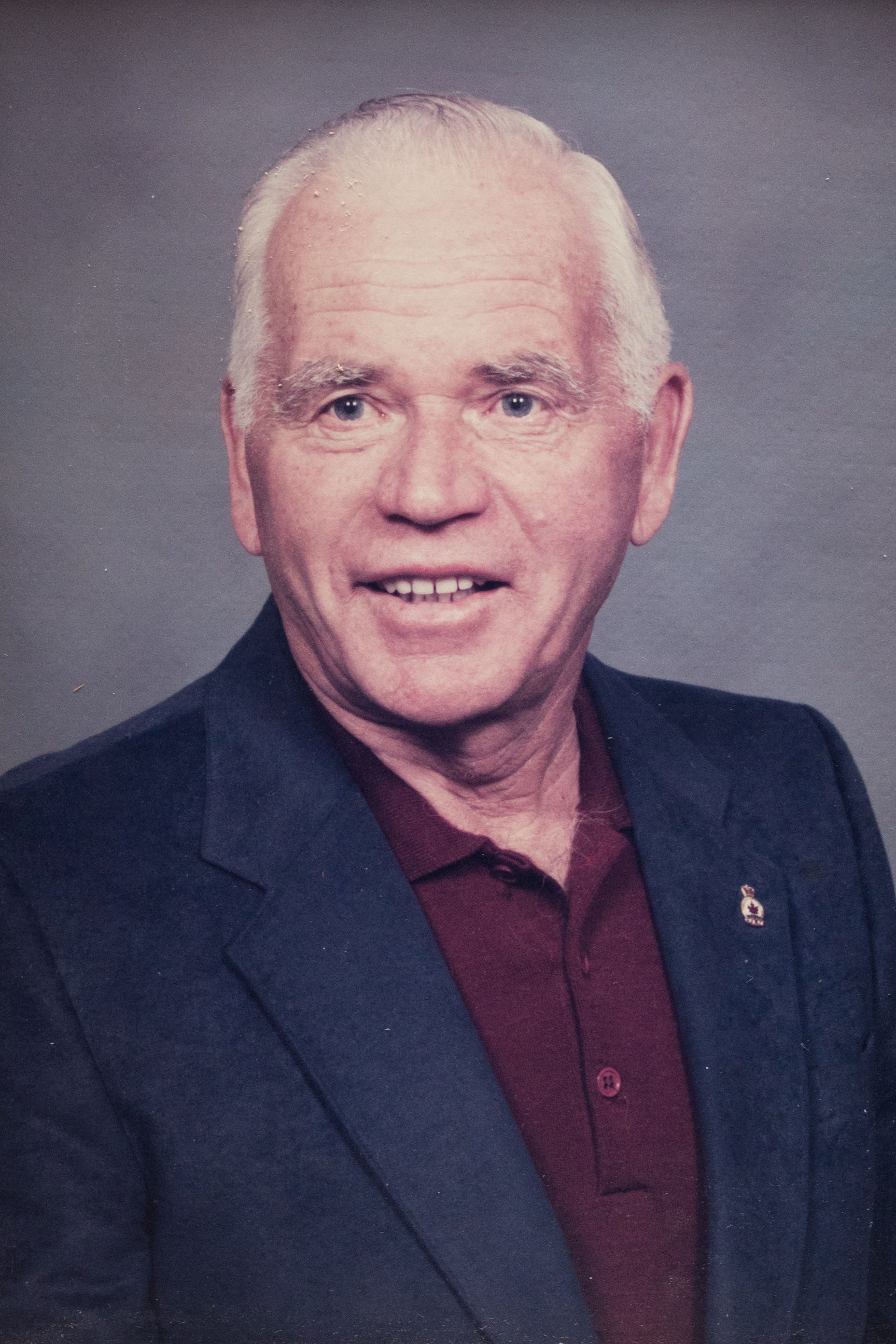
He returned to the front lines manning a S.P. (self-propelled) vehicle with a seventeen pounder for artillery. They crossed the Rhine and into the Reichswald Forest in February 1945. The terrain was very difficult and fighting was bitter. The war continued and they moved further forward in the battle for Germany. The devastation of the old towns and cities was horrific and Alb wondered how the people could ever rebuild from the piles of rubble. There were craters 25 feet deep and cities totally levelled. Alb was one of the best gunners in his unit and thus was sought out to escort news people to the very front on numerous occasions to allow the news to be gathered. This was a job he grew to detest. And on the last rip in, the newsman finally said let us get the **** out of here.
Eventually it looked like the war was ending and hostilities ceased on May 5th, 1945. Equipment was turned in, sports and recreation engaged in while preparations were made for the final inspection in Meppen Germany on May 31st. By June 16 they had moved to Zeist, Holland and June 24th, 1945 the 6th Anti-tank Regiment of the RCA was disbanded and split up to 31 various Division Regiments and would be returning home. Throughout the war Alb was usually relatively close in location to his brother Dick. In letters he sent home he always made reference to him and if he hadn’t seen or heard from him recently, he always told his mother that he was sure Dick was fine.
Alb boarded the HMT Queen Mary in December 1945 which soon set sail from the Thames River, England. A couple days later he discovered that Dick had boarded the same ship several days prior and they were going home together. They had Christmas Dinner at sea, consisting of turkey, cranberry sauce, green peas and browned potatoes. Quite a change from the spoilt mutton and canned or dried meats they had received while serving. The meal was followed with plum pudding and sweet sauce, fresh fruit, coffee and two beers which were not on the menu. He always thought it was a joke that when the ship left port and turned about, that he actually arrived back and disembarked before Dick. The ship docked at New York, New York in January 1946 and they made their way home from there. He was discharged January 31, 1946 in Kingston, Ontario.
Alb was a very quietly, proud veteran. After many years of attending Remembrance Day services together, I came to find out one year that he always tucked his medals into his pocket and took them with him when attending the service. His dog tags always hung in his closet and his discharge slip he still carried in his wallet.
Remembrances compiled by his niece Jennie (McGuigan) Junkin
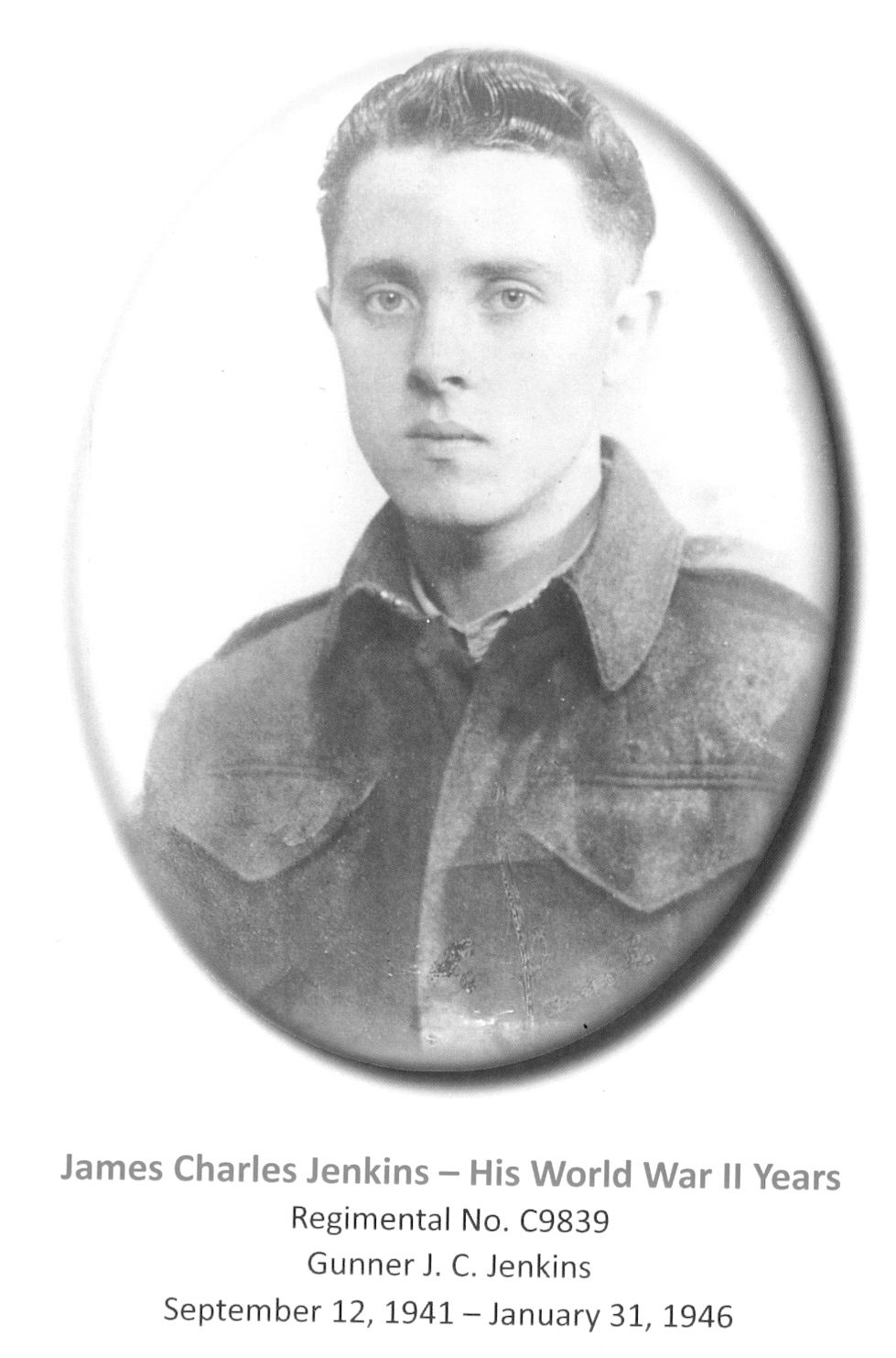
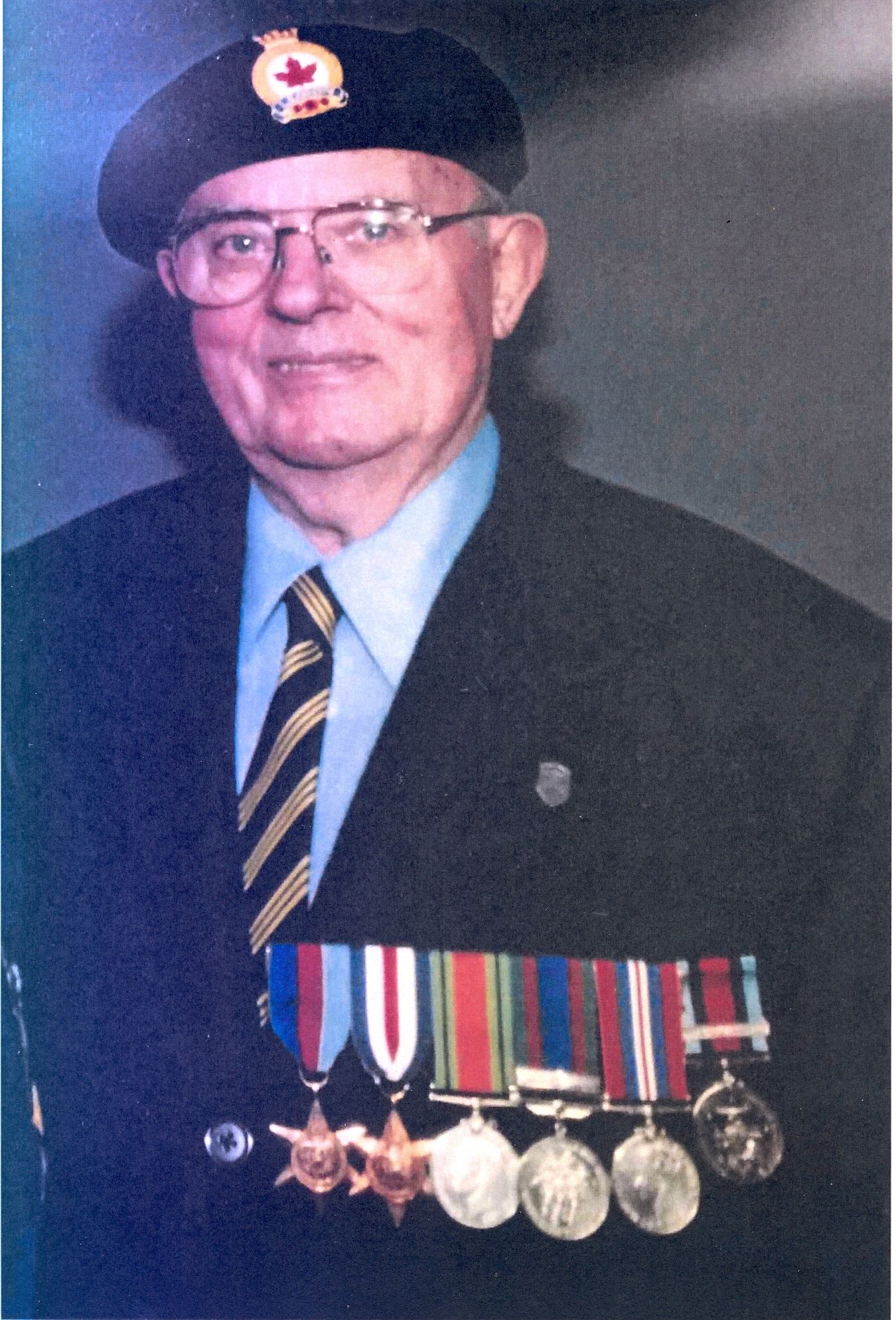
“I joined the army in Peterborough at the Basic Training Centre, September 12, 1941 at the age of 16 (almost 17), unknown to my parents. Two months basic training followed in Peterborough. I was then selected for a trade course in the same city and billeted in a private home. Arriving back in Peterborough to join my trade group.
September, 1942, I left Halifax harbour aboard the French ship, Louis Pasteur, which was part of a large convoy of troop ships and supplies. The ship landed in Greenwich, Scotland. I was posted to the 12th battery of the 7th Army Field Regiment in Limpfield Chart. Approximately one year was spent with this regiment. This regiment was now moved to Little Bookham where it was changed from a Field Regiment to a Medium Regiment. I found myself being part of the 99th Battery of the 19th Self-Propelled Field Regiment, stationed in Bournemouth. This regiment was part of the 3rd Canadian Assault Division. Now in the 99th Battery of the 19th Field Regiment, the decision was made to abandon all towed guns so that the Assault Division could be totally mobile.
James Charles Jenkins
Finally at evening, June 5, 1944, without any explanation, the regiment was moved to the docks at Southampton where I boarded a landing craft tank. Even though we were somewhat delayed in landing and getting off the beach. During this time, the beach was under attack both by mortar and artillery fire. We moved in about six miles to the hamlet of Basly and progressed very slowly from then on. Many unpleasant weeks went by before we felt we were making headway. Finally we captured the city of Caen.
Here, approximately two months after D-Day, the 4th Canadian Armoured Division came in and took our place. While waiting for them to take charge, lo and behold the regiment I was originally with, came and took up gun positions on our right. It turns out, the location for them was a disaster. They had several heavy artillery shells explode prematurely in the breach of the guns, killing and wounding several people. What was even worse, before they got moved, they were bombed by our own Allied forces.
We saw heavy fighting at Falais. As we travelled into Belgium heavy fighting around Antwerp. These next few weeks were quite difficult cleaning up the coastal areas but by late fall we finally got through to Holland. We were ordered to proceed through Nijmegen, over the bridge and try to get to Arnhem. Within a couple of weeks, orders came down to prepare for moving. We were about to begin our drive into Germany. We to the Hochwald Forest. Very early on the morning of February 8, 1945, the first attack was made. There were heavy losses on both sides. Now again, we went back through the same country we had captured and regrouped for another attack in the Reichswald Forest. This led us to the Rhine River. After the battle to get to the Rhine, it appeared the war was over.
It was here the decision was made for our regiment to come to a halt. The next morning, April 12, 1945, we were told to move on. Myself and a crew of three were selected to go out on reconnaissance. Travelling on a cobblestone road, there was a sudden blast, a moment later a second blast. The Germans had removed the cobblestones in the road and planted a four-foot-long box mine. Fortunately, none of us were killed. My active service ended there. My army days ended January 30, 1946 when I received my discharge.
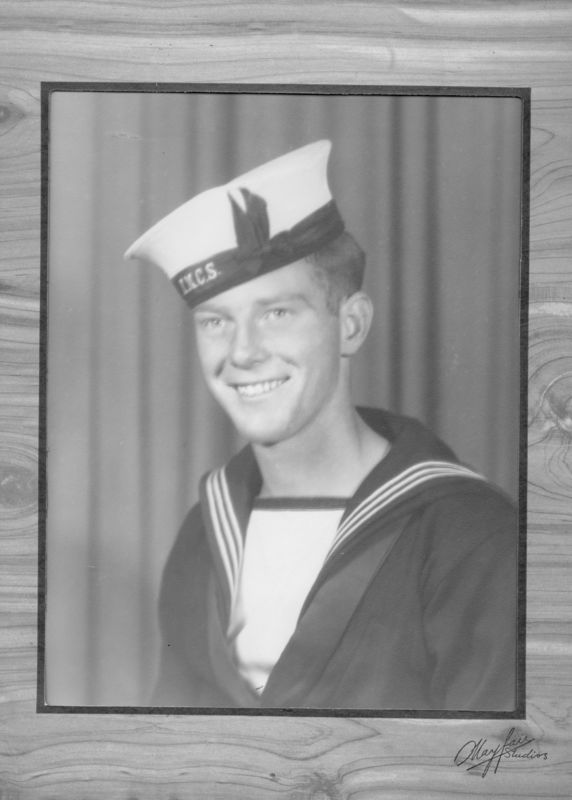
Joined the Royal Canadian Navy in 1943 at the age of 16 years old. He joined the Lindsay Legion with his father when he was home on leave during the war and he is still a member today. During the war he served on the HMCS St Pierre K680 as a Marine Engineer (stoker) doing convoy escort.
Bill told us this interesting story about his naval experience in World War 2. As the war was winding down his ship was slotted for a convoy escort JW67 heading form Greenock Scotland going to north Russia. As they where proceeding to Russia they where diverted, ordered to rendezvous with and escort German Submarines that had capitulated off the southern coast of Norway and take them back to Scotland under the agreed surrender conditions.
Bill Laidley
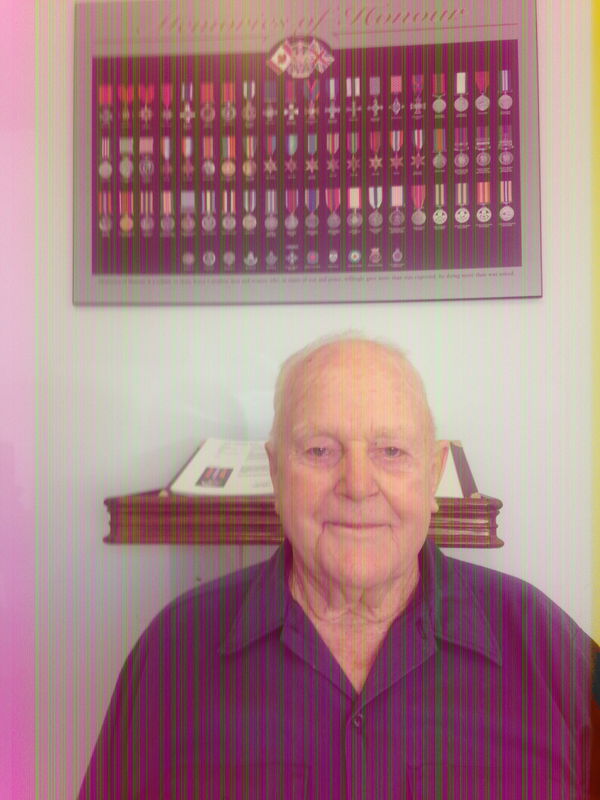
While underway in a fjord in the north of Scotland. Bill had completed his duty watch form the engine room around 2300 (11pm) he headed topside coming out on the 12-pounder gun deck. He noticed that the submarine tied up along side (abreast) of his ship and the conning tower of the captured submarine was at his deck level. Up until that time he had never seen a German Submarine up close.
While he was standing there looking at the submarine, the captain of the submarine came up onto the coning tower and Bill said to the captain “how are you tonight sir”. To his absolute surprise in perfect English the captain said “I’m fine how are you” Bill then said to the captain “ you can speak good English” The captain then replied “ He had studied in McGill university in Montréal and was a helmsman on the Taddy Shack ship during the summer months and just before war broke out he headed back to Germany with all of the charts of the St Lawrence river and seaway”.
The conversation ended abruptly as someone came up to the conning tower from below. At the time he said he had never heard of Pierre Trudeau and wondered if he was sympathetic to the Nazi’s cause?
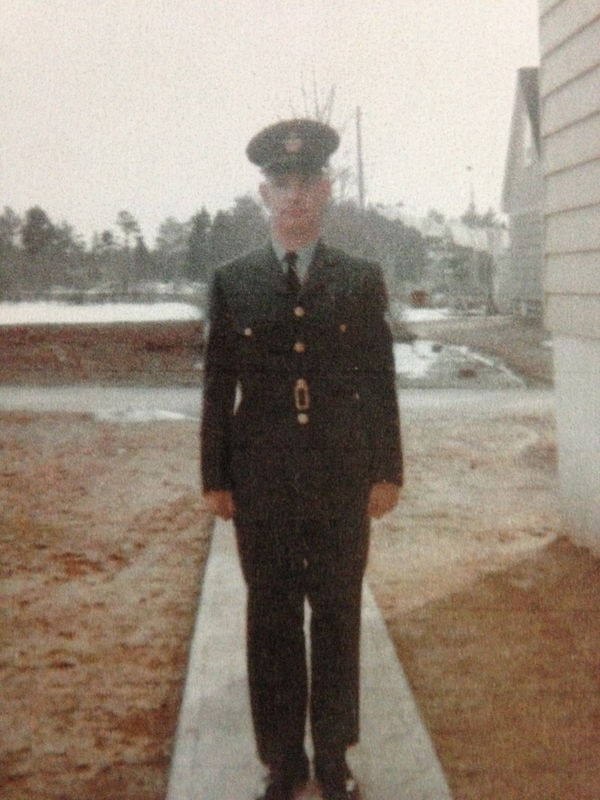
Joined the Royal Canadian Air Force Police (Military Police) in 1956 until 1966. Philip Lilly, was a teacher, Hospital CEO, and now a snow bird in the winter. Was an active member in the Legions over the years.
Philip N Lilly
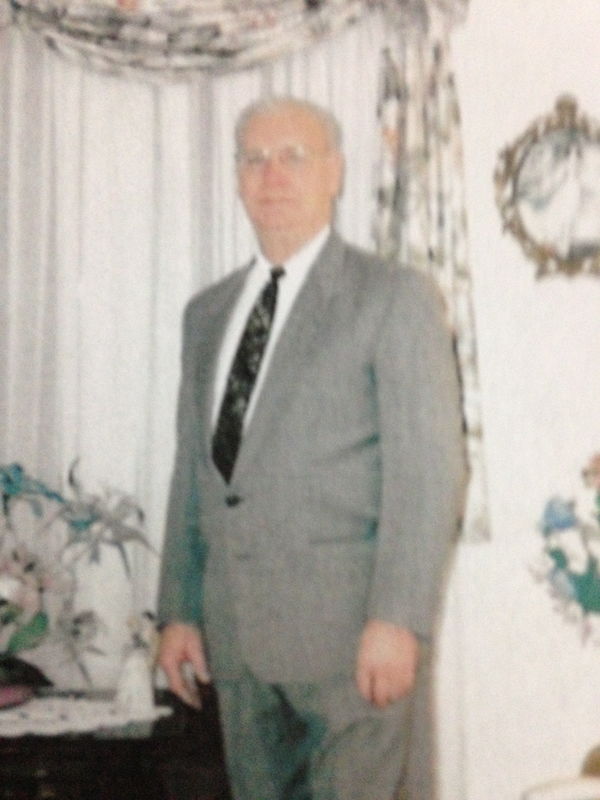

Douglas Louch, Joined Royal Canadian Navy April 1949. Was trained as a Communications Operator (Com Ops) Served on HMCS LaHulloise (frigate), HMCS Crescent (destroyer), HMCS Prestoian (frigate), HMCS Chignecto, (Minesweeper). HMCS Iroquois destined for the Korean War.
Douglas Louch
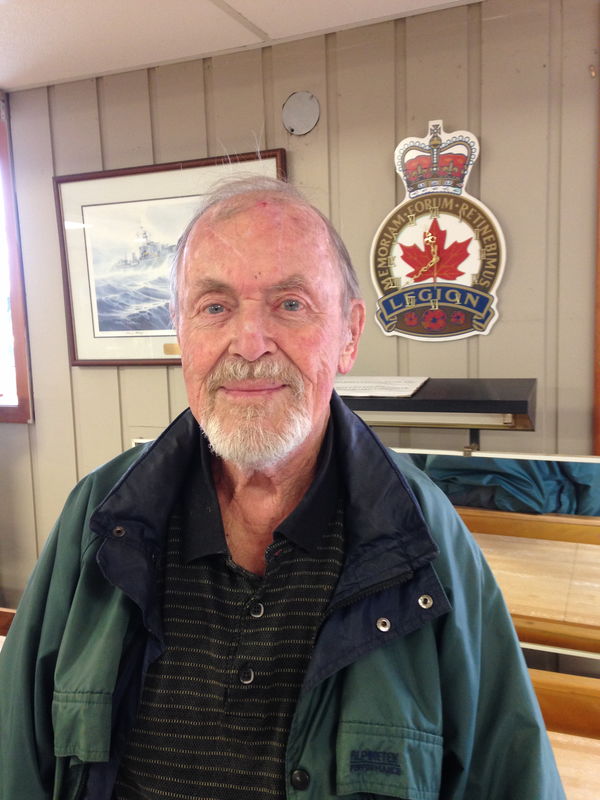
On an operation near Songjin, North Korea, took on enemy fire killing 3 and wounding 10. This was the only casualties to the RCN for the Korean War. Reenlisted in the Royal Canadian Air Force 1954 as a Radio Operator. Many postings. Retired form the CAF in December 1975. Lastly Joined the Canadian Coast Guard.
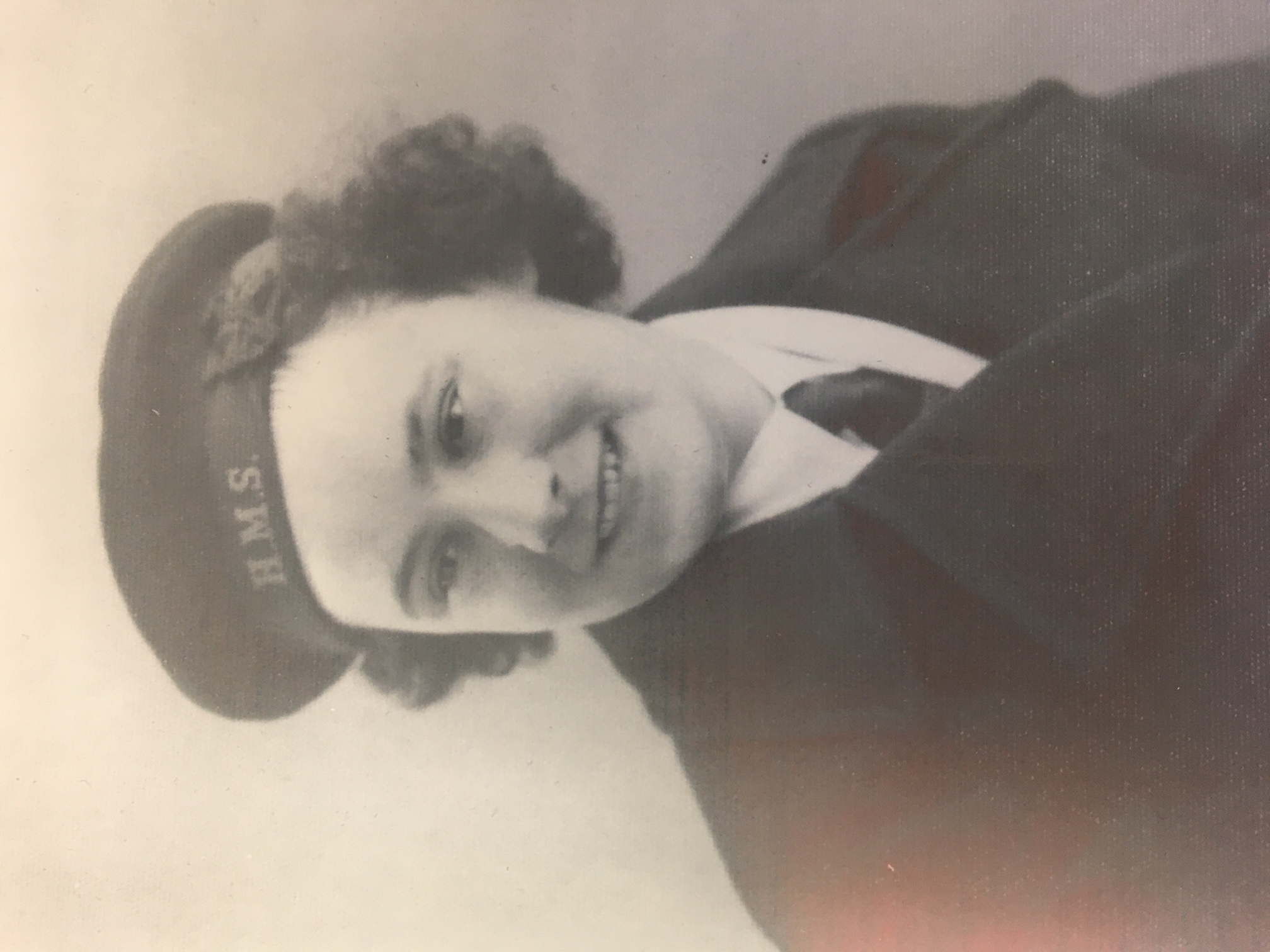
Loved, respected and admired by all those that know her, Margaret was drafted into the WRENS in 1943.
Due to her having attended a business college and with bookkeeping experience, she was sent to HMS Pembroke III - a shore base near London, Eng - to be trained as a clerk and to steward supplies.
After training she spent some time stationed at HMS Cochrane II in Scotland, and later to HMS Merlin - a Fleet Air Arm base. She was discharged in March, 1946.
Margaret got married in January of 1946, and in 1947 she and her husband, James, moved to St. John's, Newfoundland shortly before it became a Canadian province.
Margaret Mowat
A legion member for over 40 years!
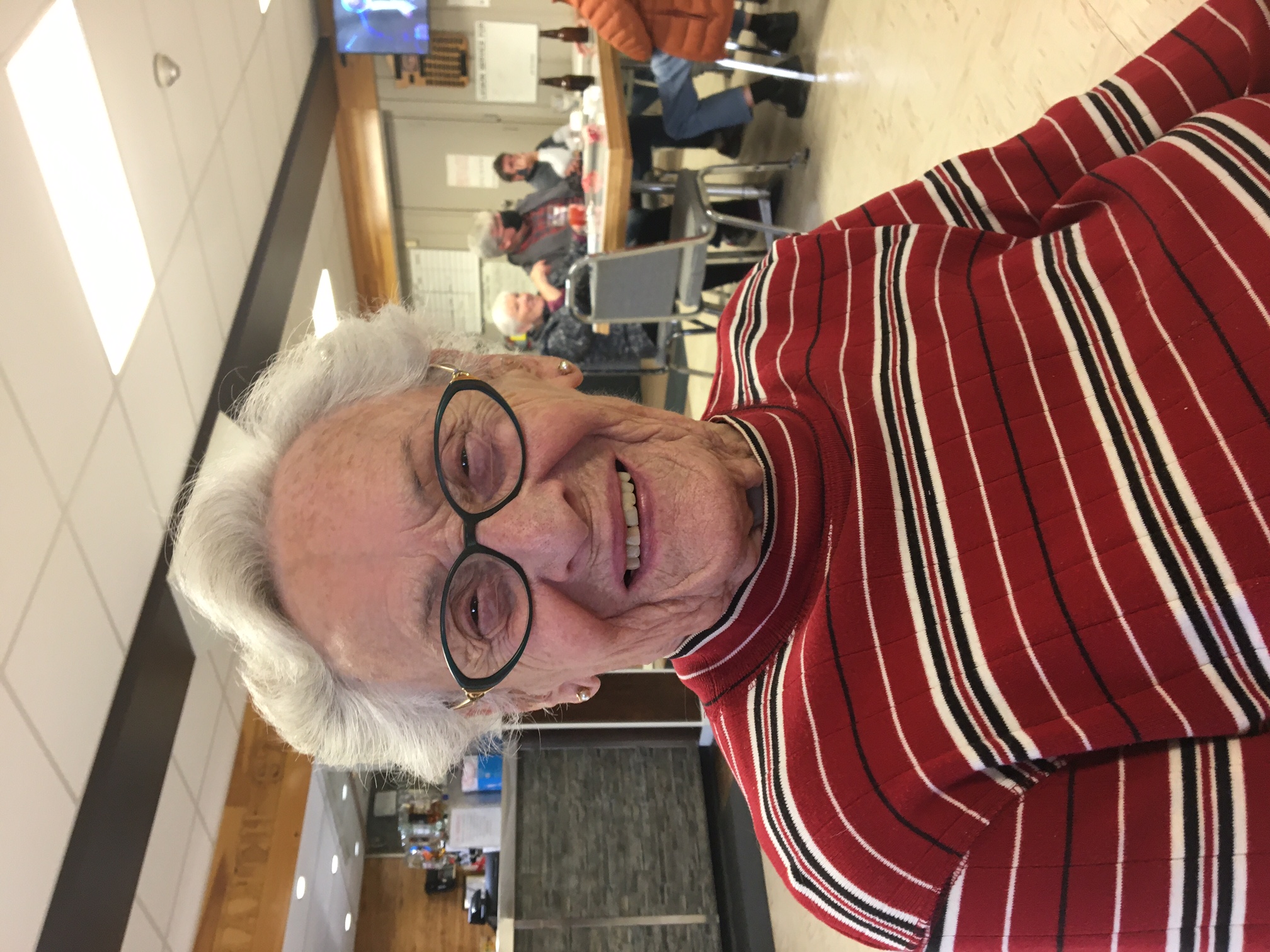
Who needs Vera Lynn? We have our own "Sweetheart"
In 1956, Margaret moved to Toronto, and joined the Royal Canadian Legion in 1981 at Branch 73 Oakridge in Scarborough.
In 1991 Margaret came here to Lindsay and transferred to our Legion - Branch 67 Sir Sam Hughes.
Previously, Margaret had been Provincial President of the Ladies Auxiliary for Scouting, and at Branch 67 quickly rose through the "ranks" as 3rd, 2nd, 1st vice-president, eventually serving as President of the branch from 2002-2004.
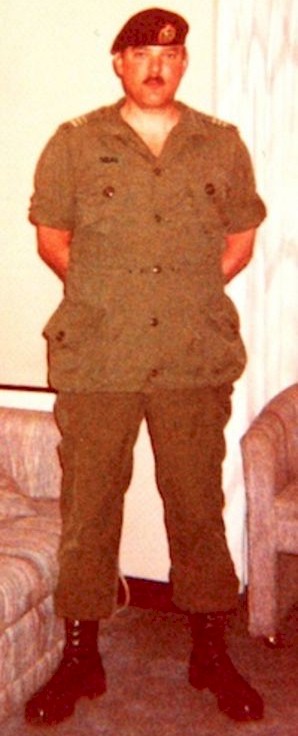
LCol Ron Neal
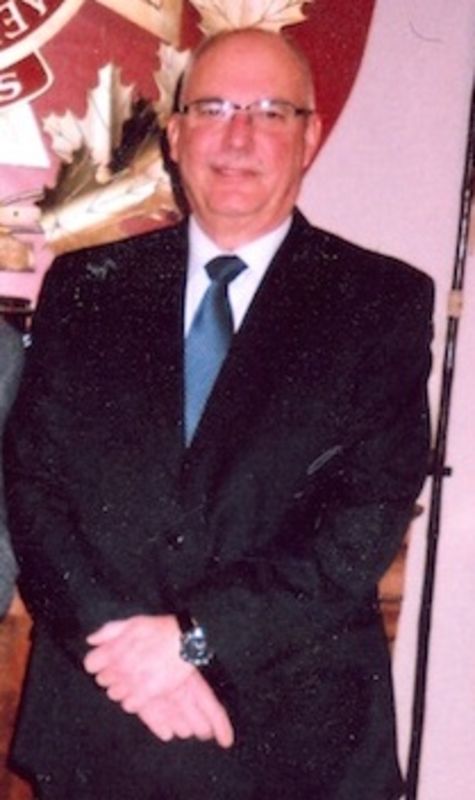
Lieutenant Colonel (LCol) Ron Neal CD (Ret`d) Enrolled in the Lincoln and Welland Regiment as a Private 1964. Served with 2 Battalion Royal Canadian Regiment (RCR) as a reserve call out to Germany in 1967. Commissioned Lieutenant 1971. Graduated Militia Command and Staff Course Kingston Ontario 1989. Commanding Officer of the Hastings and Prince Edward Regiment 1990 - 1993. Commanded Toronto District Infantry Battalion, Military Concentration Petawawa 1992.
Currently the Secretary Treasurer of the Hastings and Prince Edward Regiment Trust Fund.

Joined the Royal Air Force in 1948-1956. Trained as a Cpl Wireless Fitter. Three years posted Air Scientific Recovery (Security) Unit, (ASRU) 1954 Wing Commanders Office Selecting (Radio) sites for 1955 exercises. 1955 Exercises and First Mobile Field Trials. Modern day Telephone System and Electronic Cyphers
Charles Olito
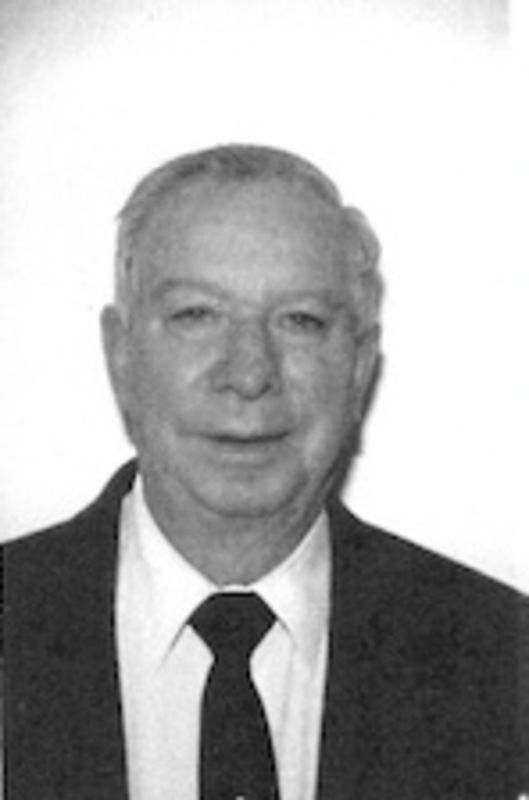

Don Scott
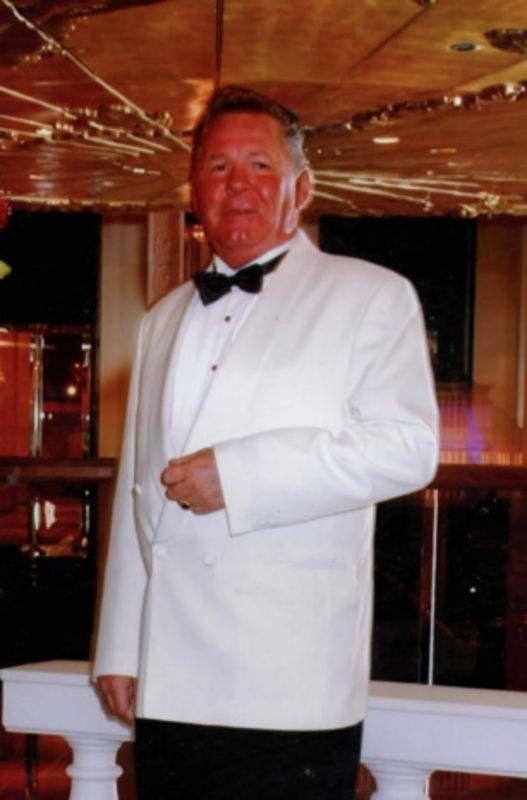
Don Scott was in the Royal Canadian Navy, serving as a Stoker. Or rather "Engine Room Artificer" when he wanted to impress the ladies. He owns a roofing company here in Lindsay.
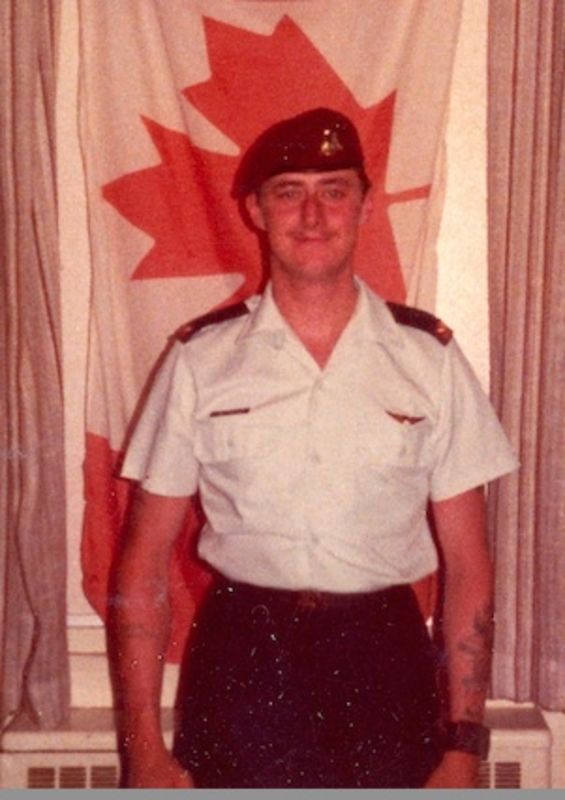
Michael Wilkinson born and raised in Lindsay from a proud military family. Joined the Army in 1981. After basic training 12 weeks in Cornwallis moved on to do his TQ3s course for 6 months in Petewawa with 1 Royal Canadian Regiment (1RCR) in London Ontario from 1981-1983. Posted to the Airborne Regiment 3 commando12 platoon also with Van Doos Regiment 1 Commando French Recce Company then on to the Pathfinder unit. Lastly posted to the Scottish Regiment (Kilt) Vancouver Island as an Instructor for new recruits.
Michael Wilkinson
